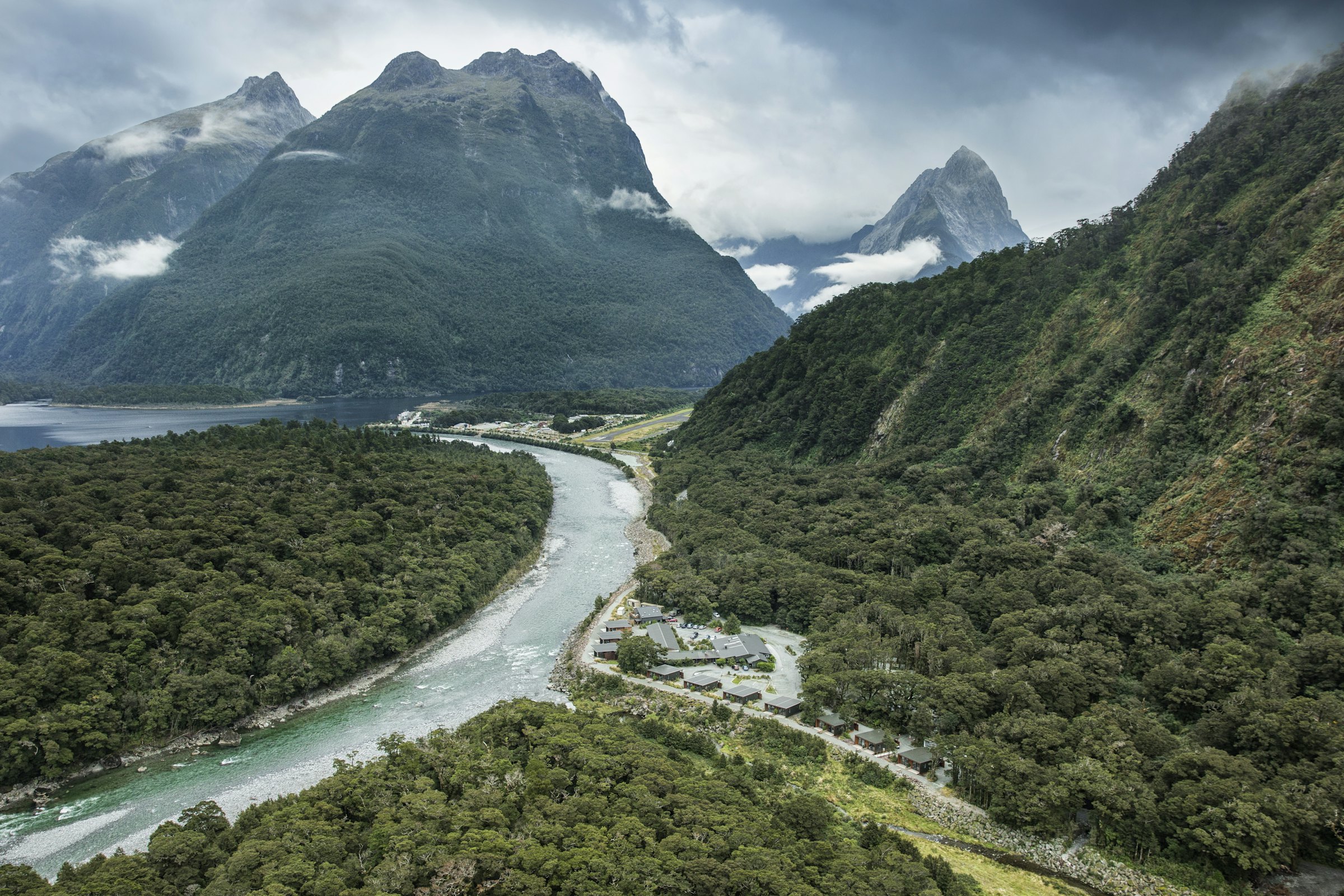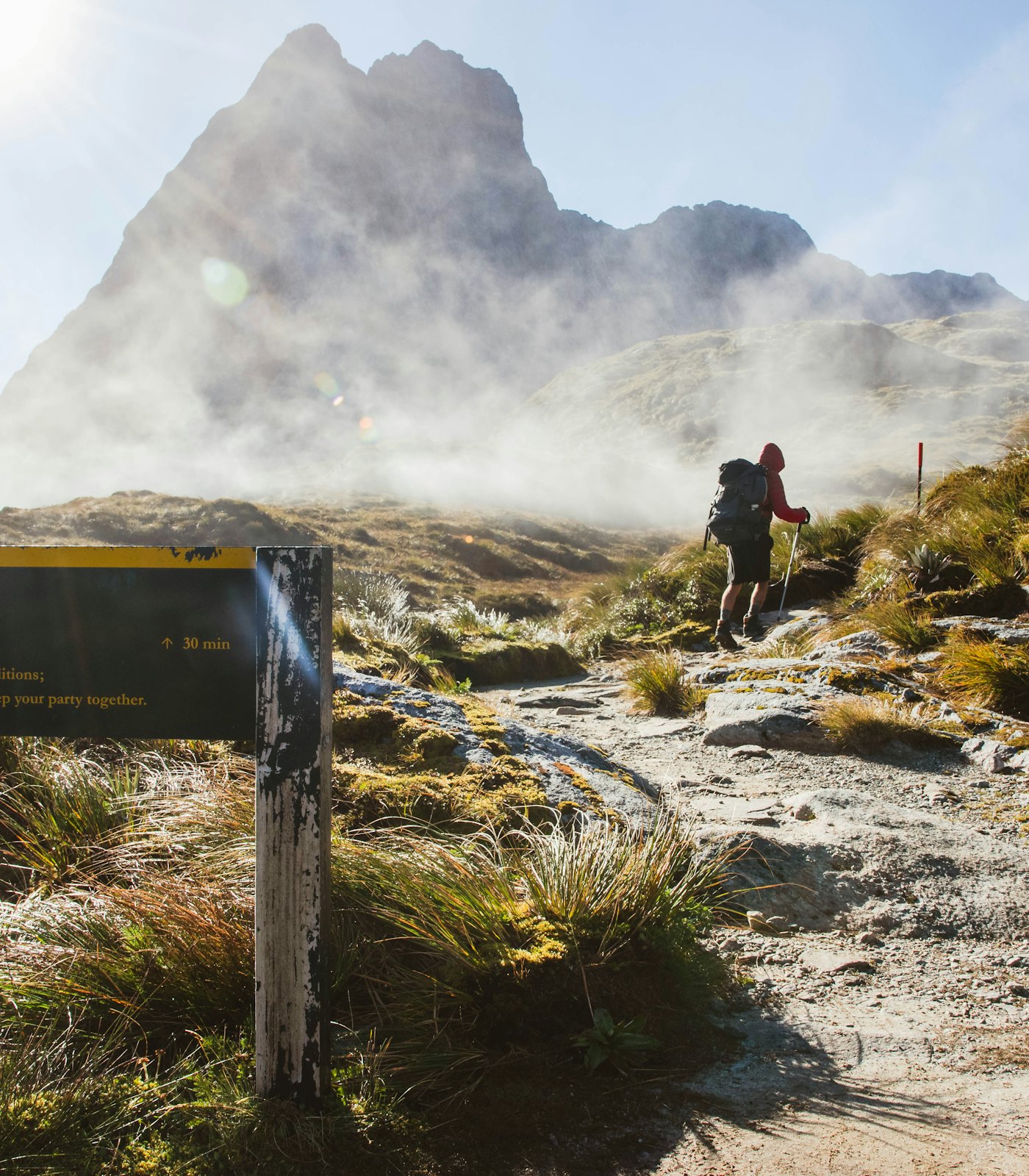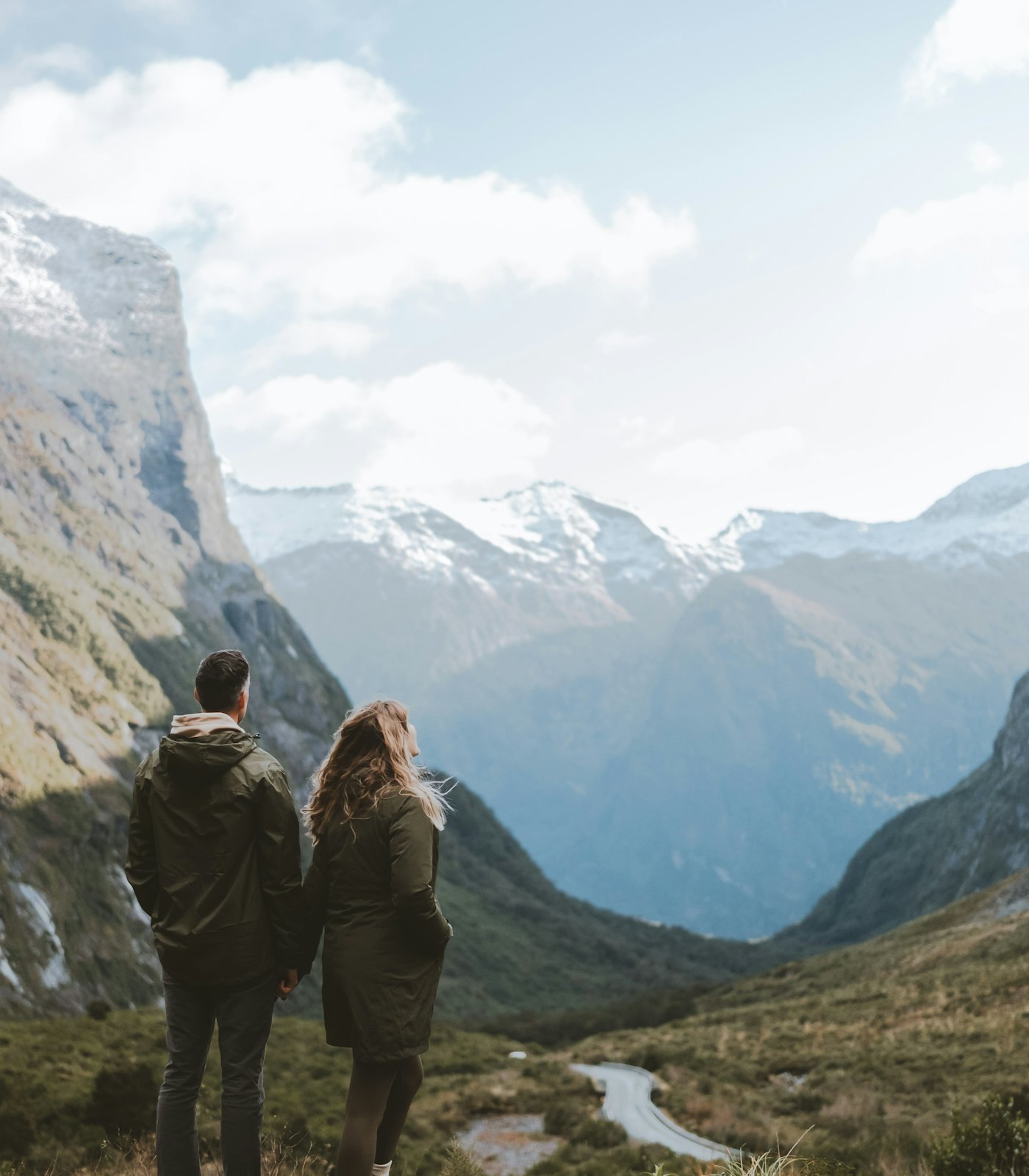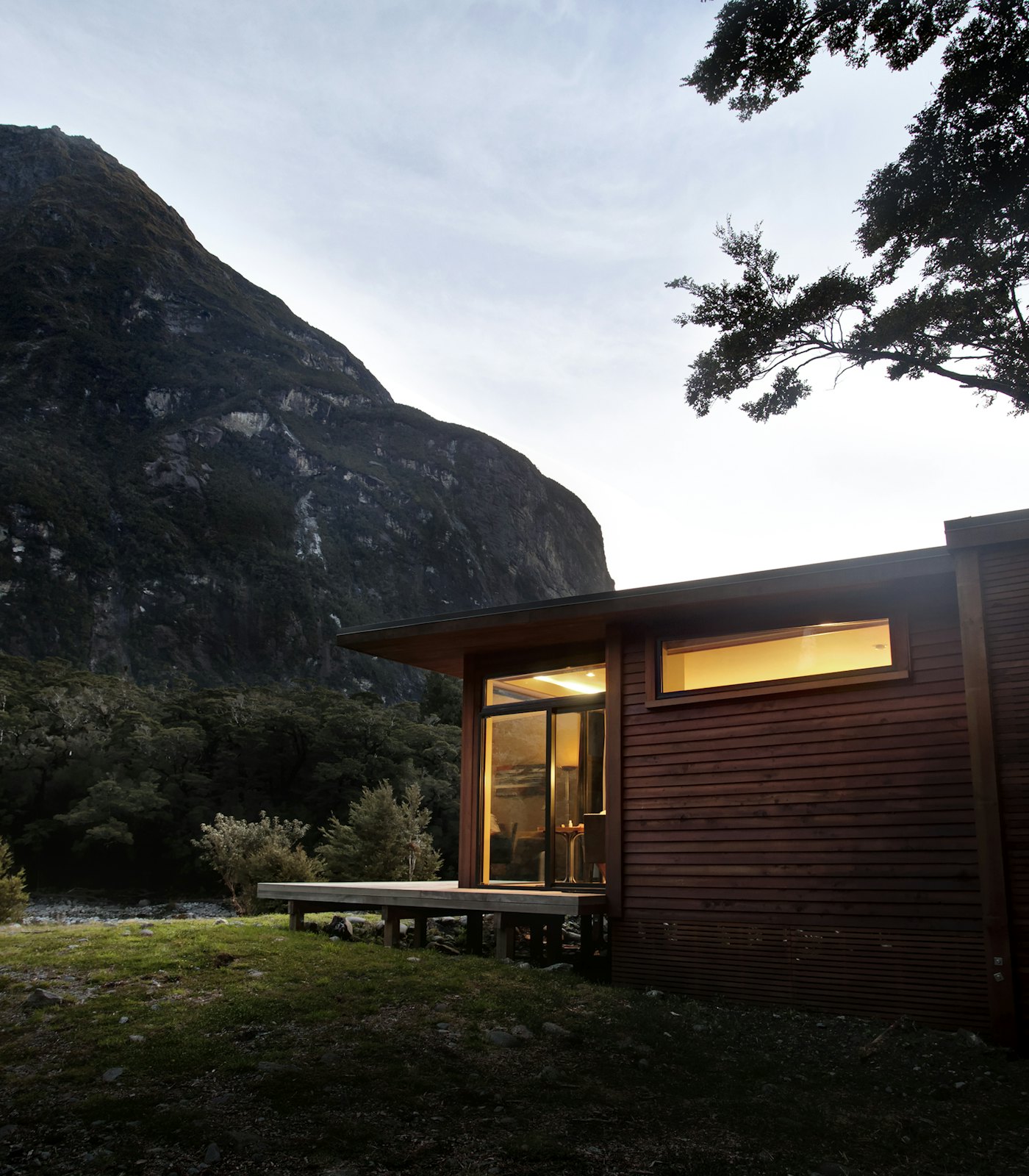The History of Milford Sound

Māori History and the Origins of Piopiotahi
Long before Milford Sound appeared on tourist maps or Instagram feeds, it was known to Māori as Piopiotahi. The name is believed to reference the piopio, a native bird that is now extinct. In one version of the legend, the bird was said to have followed the demi-god Māui on his final journey - a poetic connection to exploration, loss, and place.
Māori travelled through the Fiordland region for centuries, despite its remoteness and challenging terrain. These journeys were not for settlement, but for trade and resource gathering - particularly the search for pounamu (greenstone), found in the rivers and valleys of the West Coast. Trails across the mountains were well known to iwi, and many of today’s tracks echo these early paths.
There is a spiritual dimension to these journeys too. Fiordland is a place of mana - a landscape shaped by powerful forces, both geological and ancestral. The stories of Piopiotahi are passed down through generations and still resonate with those who take the time to listen.
The First European Settlers
European sealers and whalers were the first to arrive in the early 1800s, but it wasn’t until 1877 that Donald Sutherland, a solitary Scottish settler, made Milford Sound his permanent home. Sutherland was as rugged as the land he chose to inhabit. He built a small homestead on the shores of the fiord (now part of the Milford Sound Lodge site) and spent decades living mostly alone, battling storms, hunting deer, and guiding the occasional visitor who made it this far south.
Sutherland became something of a legend in his own lifetime. He laid the groundwork for early tourism in Milford, building a crude “Chateau Milford Sound” and clearing walking paths for visitors - all without modern tools or transportation. His writings, though sometimes embellished, give a rare firsthand insight into life in the fiord before the outside world arrived en masse.
Milford Track: The Finest Walk in the World
As interest in Milford grew, so did the need for better access. In 1888, explorer and surveyor Quintin McKinnon, along with Ernest Mitchell, scouted and mapped a route between Lake Te Anau and Milford Sound. What they discovered would soon become the Milford Track - a spectacular trail crossing rivers, waterfalls, and the high McKinnon Pass before descending to the fiord.
Within a few years, the track was being promoted as “the finest walk in the world.” Huts were built, guided tours were introduced, and early trampers began to experience Fiordland’s unique mix of hardship and beauty. While the track is now well-maintained and supported by DOC infrastructure, the experience still retains its sense of adventure. Weather remains unpredictable, the terrain unforgiving, and the scenery unforgettable.
Building the Milford Road
While the Milford Track brought explorers in on foot, building a road to Milford Sound by vehicle presented an entirely different challenge. Work on the Milford Road (SH94) began in the early 1930s, in the depths of the Great Depression, as a government-funded project to provide employment. The route followed the Eglington and Hollyford Valleys before hitting a seemingly impossible barrier: the sheer rock of the Darran Mountains.
To reach Milford Sound, engineers and labourers had to carve a tunnel through solid granite - the now-famous Homer Tunnel. It took almost 20 years to complete. Conditions were brutal. Workers lived in canvas tents at over 900 metres elevation, facing heavy snow, rockfalls, avalanches, and isolation. Blasting through the mountains was slow and dangerous. Despite these hardships, the tunnel was finally opened to the public in 1953.
Today, the Milford Road is considered one of the most scenic drives in the world, but it’s easy to forget the human grit behind its creation. Every curve and switchback represents years of physical labour and the sheer determination to connect a remote corner of New Zealand with the rest of the country.
Milford Sound Today
Despite easier access and rising visitor numbers, Milford Sound retains its raw, untamed energy. It remains one of the wettest places on earth, and the weather can shift from sunshine to storm within minutes. That unpredictability is part of what makes it special.
For many, visiting Milford Sound is a once-in-a-lifetime experience. But staying overnight - rather than rushing in and out on a day trip - offers something different. When the tour buses leave and the fiord quiets down, a deeper sense of place emerges. The mountains feel taller. The waterfalls louder. The history more present.
Milford Sound’s story is still being written. From early Māori travellers and settlers like Donald Sutherland to the engineers who built the road and the trampers who continue to walk the track, this is a place shaped by people with a deep sense of awe and respect for the landscape.
And that’s perhaps Milford’s greatest power: no matter how many people come and go, it still has the ability to make everyone who visits feel small, humbled, and somehow changed.




